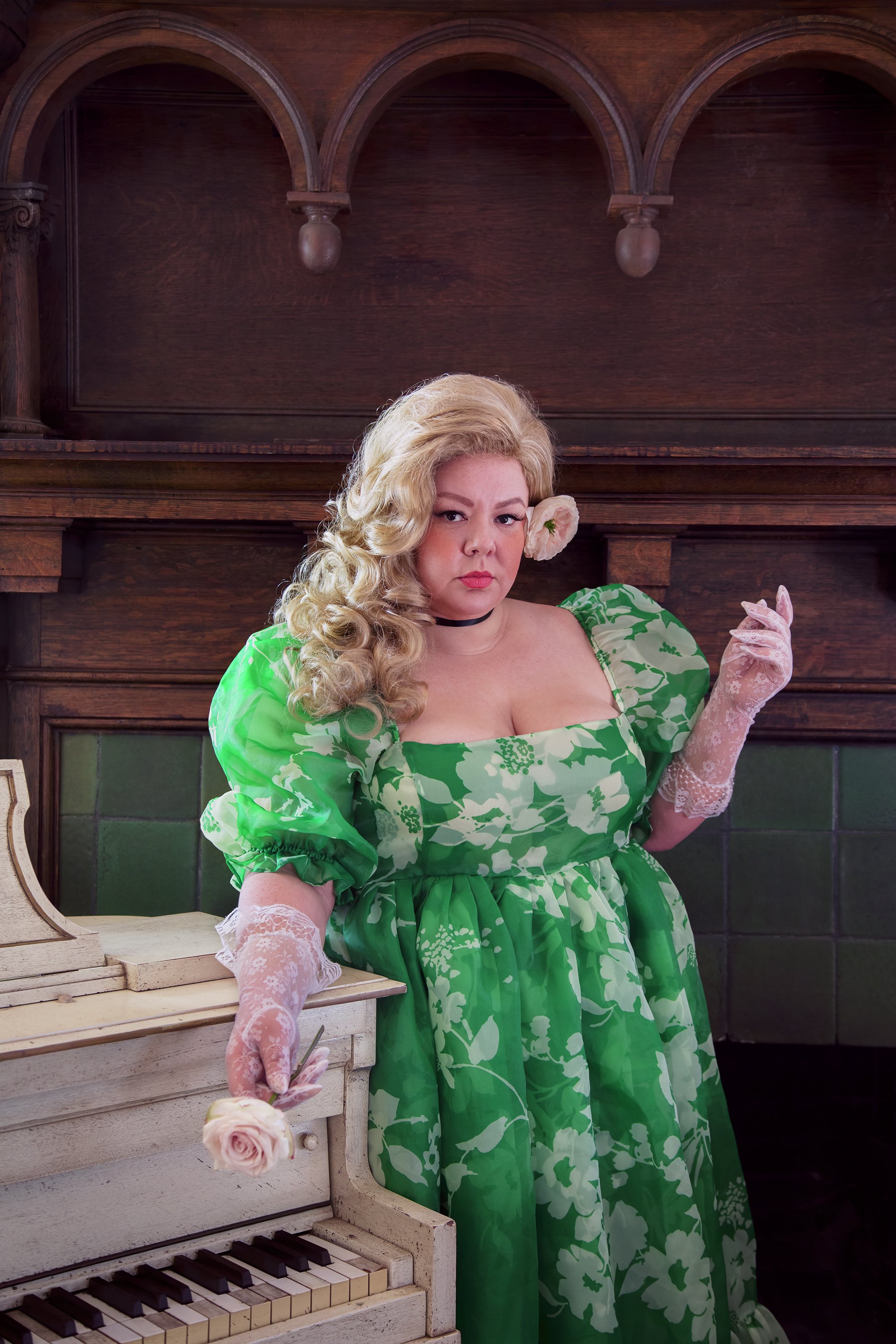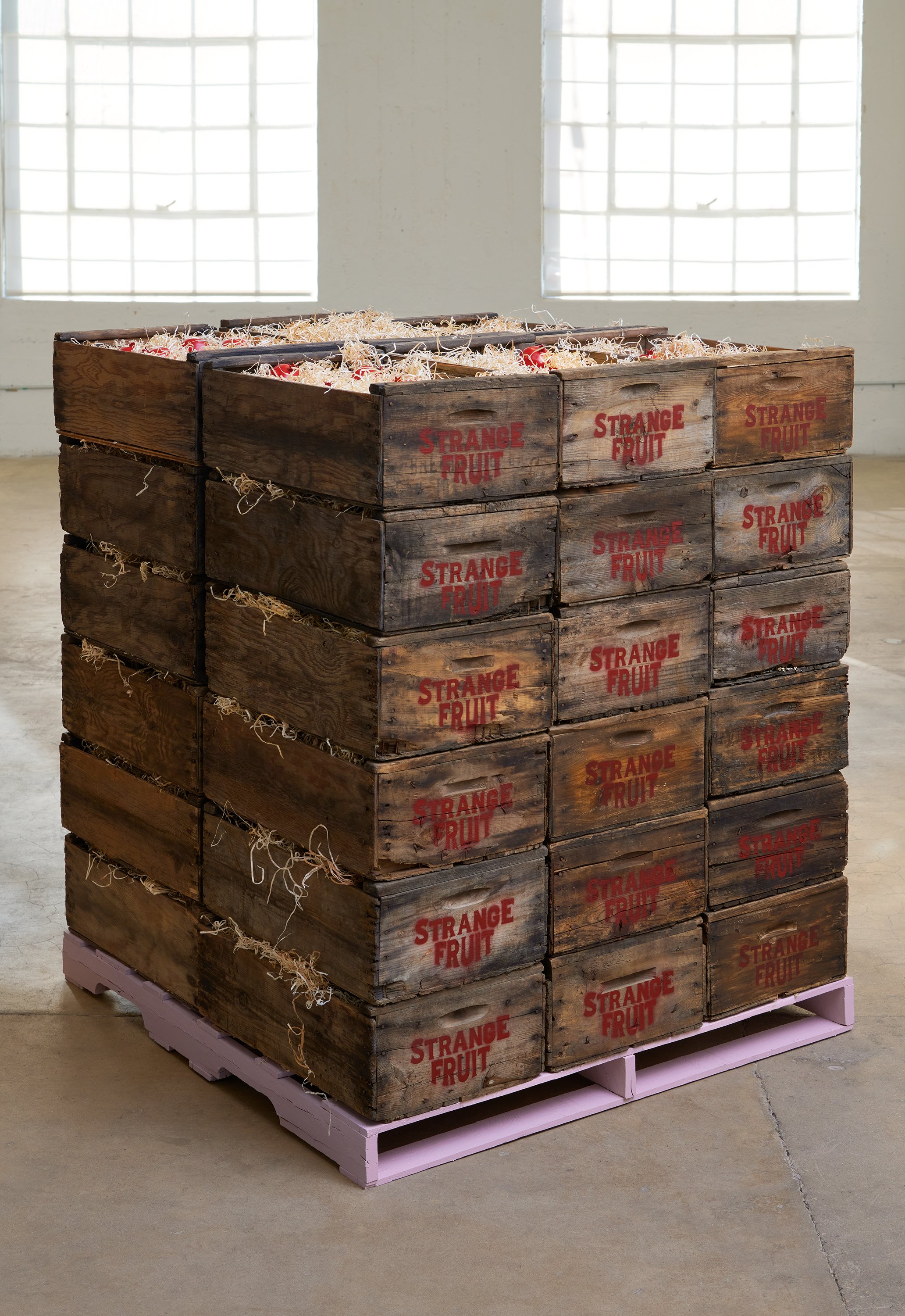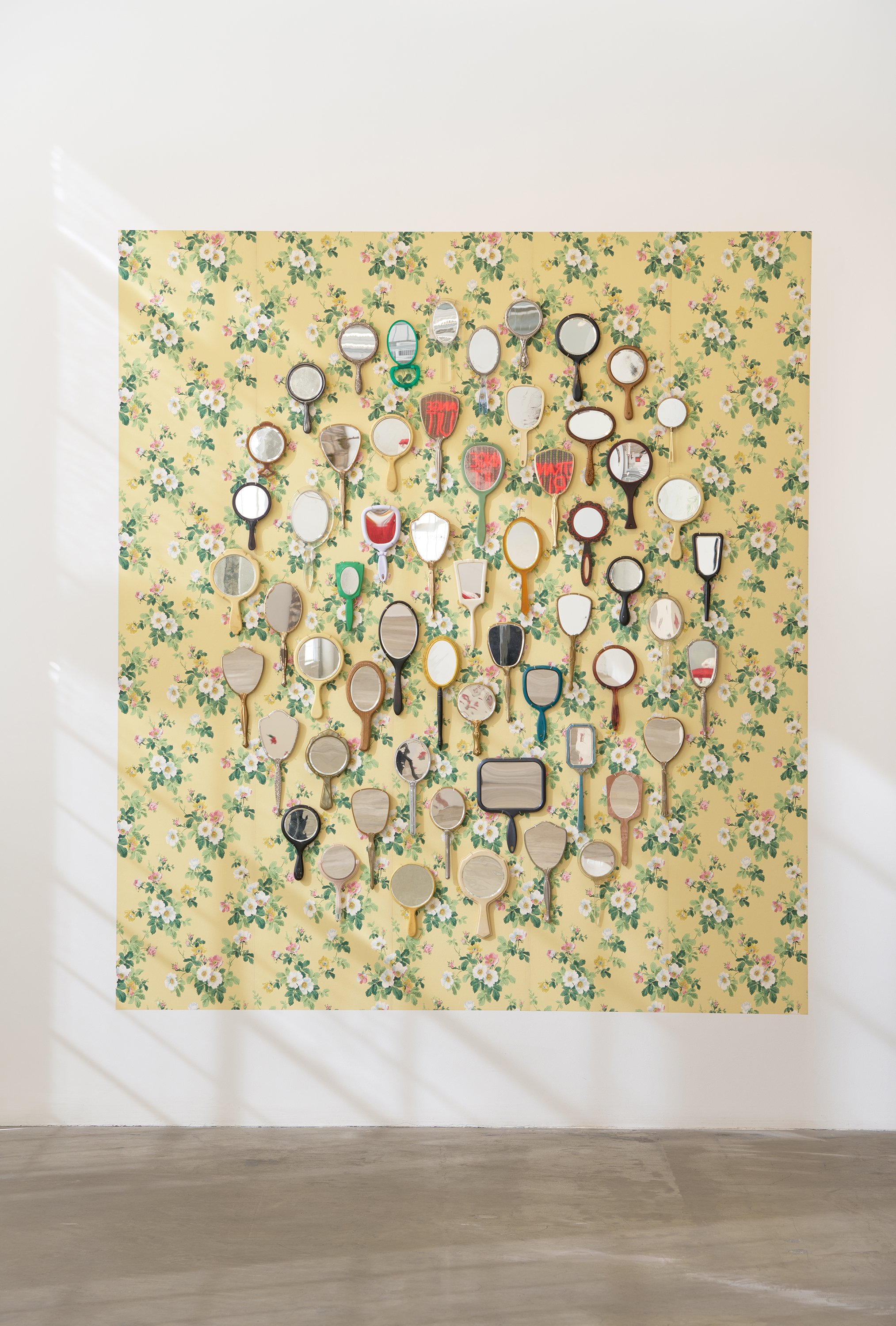Genevieve Gaignard | 'Strange Fruit' at Vielmetter LA
by Madeleine Schulz
Off With Their Heads | Hand In Glove, 2022, Chromogenic print, 60" x 40". Courtesy of the artist and Vielmetter Los Angeles. Photo credit Brica Wilcox.
Throughout her career, Genevieve Gaignard has sought to interrogate and protest the racial violence that plagues America through her art. In her current solo exhibition with Vielmetter Los Angeles (her second with the gallery), Gaignard harkens back throughout American history and the racial violence at the forefront, intertwined with analysis of and commentary on the American psyche in its inseparability from this violent trajectory.
Strange Fruit, its title borrowed from the iconic Billie Holiday song, is a collection of pieces which agitate against the historical and modern-day lynching of Black Americans. An aggregate of provocative pieces, Strange Fruit aims to disrupt: to amplify alternative narratives of racial violence and white supremacy.
Flaunt spoke with Gaignard about the exhibition and her practice and intentionality behind the works therein.
Strange Fruit encapsulates a range of mediums, from photography to pieces made up of figurines. How do you decide what medium to work in for what artwork, and what is the process—and intended outcome—of placing these divergent pieces in conversation with one another within the exhibition?
This exhibition feels like the completion of an opening chapter. Strange Fruit, rightfully so, is an assemblage: A collection of visual and emotional cues, scenes of American history, and collective traumas that are unified by the aesthetic and material choices driving my practice.
Strange Fruit obviously has grievous and traumatic connotations, it being a reference to the famed Billie Holiday song. A lot of your work wrestles with ideas surrounding the horrors historically—and currently—inflicted upon Black Americans. Why this particular title, for this particular exhibition? Why now?
Strange Fruit is both the opening remark and the connecting symbol for this show.
It felt like a crutch of familiarity for the viewer. Assuming most Americans are familiar with the song, having heard it in one context or another—be it, by Billie Holiday, Nina Simone, or in Kanye West’s “Blood on the Leaves.” The song’s resurgence into pop culture lends to its relevance. And still, people may not be familiar with this song, but that hints at the inequality of history and culture taught throughout America.
What intervention do you intend for the show to make in domineering narratives about race and violence in the US?
The work is intended to turn the viewer on their head. An alternate dimension flips the script on racial violence, very much determined by spatial, visual, and auditory cues. While experiencing the work in person, your first encounter is with the sculpture titled Strange & Bitter Crop. There’s a sense of “what’s to be expected” that will be different for everyone entering the show. Still, each step forward into the proceeding hall will disrupt your expectations and the narrative of white supremacy, in which the psyche of all Americans are prey.
Strange & Bitter Crop, 2022, Found crates, dried floral and fruit prop, on painted wood pallet. 8" x 24" x 15 1/2". Courtesy of the artist and Vielmetter Los Angeles. Photo credit Brica Wilcox.
Your exhibition comments not only on the treatment of Black Americans, but also on the American psyche as it relates to and enables these conditions. In part, it asks whether or not we, as viewers of both your artwork and of racial violence, only see what we want to believe. Do you believe this to be the case?
There is a privilege in being a spectator of racial violence and not having to actually experience it physically. Most people take that for granted.
Those of us in bodies of privilege, specifically those with “skin” privilege, can quickly turn a blind eye to the violence done to others because speaking against it begins to unravel the freedoms we’ve come accustomed to. When standing in front of the installation, Do You Only Want to See What You Believe? I am prompting a moment for reflection, for the viewer, physically and thoughtfully, to see themselves within the context of a bigger picture. A wall dressed in vintage wallpaper and adorned with hand mirrors centers the viewer in the work. This encourages them to feel their presence and grounds them in the experience.
Do You Only Want to See What You Believe?, 2022, Found mirrors, vintage wallpaper, 100" x 86". Courtesy of the artist and Vielmetter Los Angeles. Photo credit Brica Wilcox.
What kind of toll does producing this type of work, imbued with such heaviness and tension, take on you as both a woman of color and an artist?
I haven’t had much time to check in with myself and I don’t know what that really looks like for me. It is my hope that my art is a form of activism. There is an existing and continuous cycle of oppression to address in our country. It feels like the work is never done.
Could you speak about the role of nostalgia, namely the vintage motifs and imagery, in your work? This seems like a stark departure from the more frequent depictions of violence in art which calls attention to, and protests against, racial violence.
Nostalgia has played a role in my practice from pretty early on, though I have learned how to wield it in a more sophisticated way over time. I use imagery from the past to show that we haven’t come as far as we like to think. This show address America’s history of lynching, but I’ve intentionally omitted its gruesome depictions. We are becoming so emotionally numb to images of violence and I don’t think it’s productive to further saturate our minds with that content. The goal is to stop the violence, not feed it.
In what ways has your own lived experience informed your artwork? What piece from this exhibition are you most proud of?
The way my own lived experiences inform my work, is in the ways I process my own pain and privilege. I’ve come to terms with my intentionality in the work and how I create art that centers my responsibility to being a provocateur of unlearning and positive change. Let me be clear, I am not pointing fingers to place personal blame, but I am extending my hand as a way of suggesting we do this work together.
I don’t feel pride in having to make work about an unjust world. I feel somewhat responsible and called to this conversation. For as long as black folks' history and futures are tied to oppression, I will continue to create work that interrogates our history as opposed to sweeping it under the rug.
Strange Fruit in Neon, 2022, Neon, vintage wallpaper on panel 48" x 36" and The Apple Doesn't Fall Far From the Tree (Pink Lady), 2022, Resin figurine, pink ribbon, red satin pillow, vintage wallpaper on plinth, 53¹⁄₂" x 16" x 16". Courtesy of the artist and Vielmetter Los Angeles. Photo credit Brica Wilcox.
Strange Fruit is on view at Vielmetter Los Angeles until May 7.




